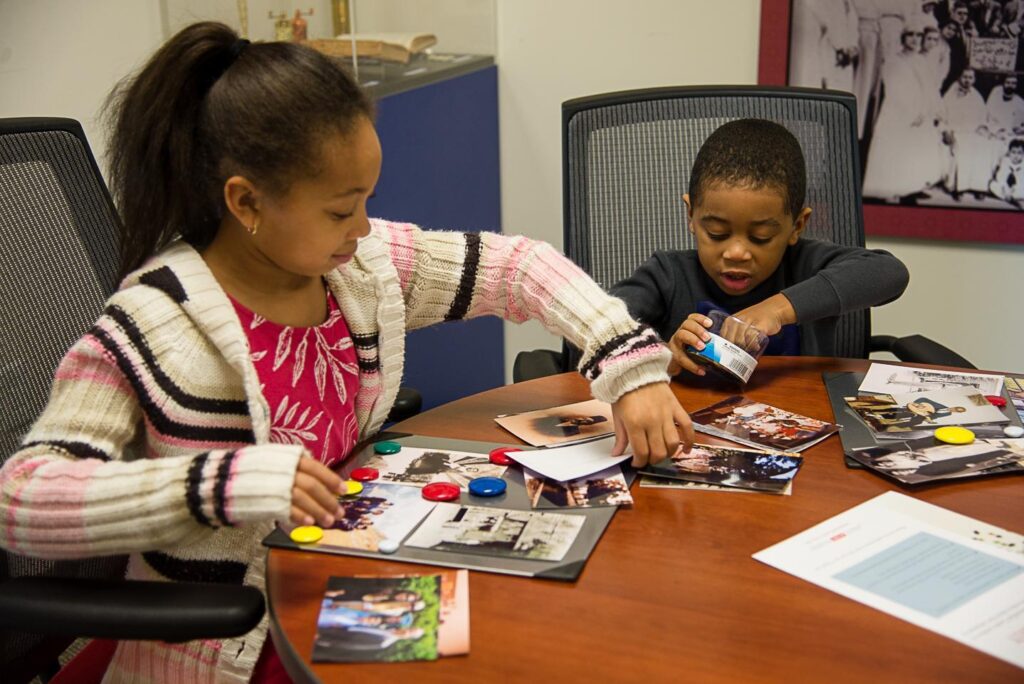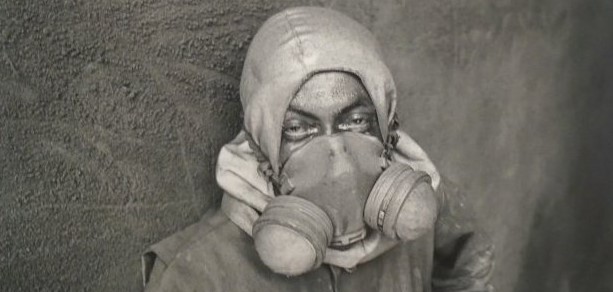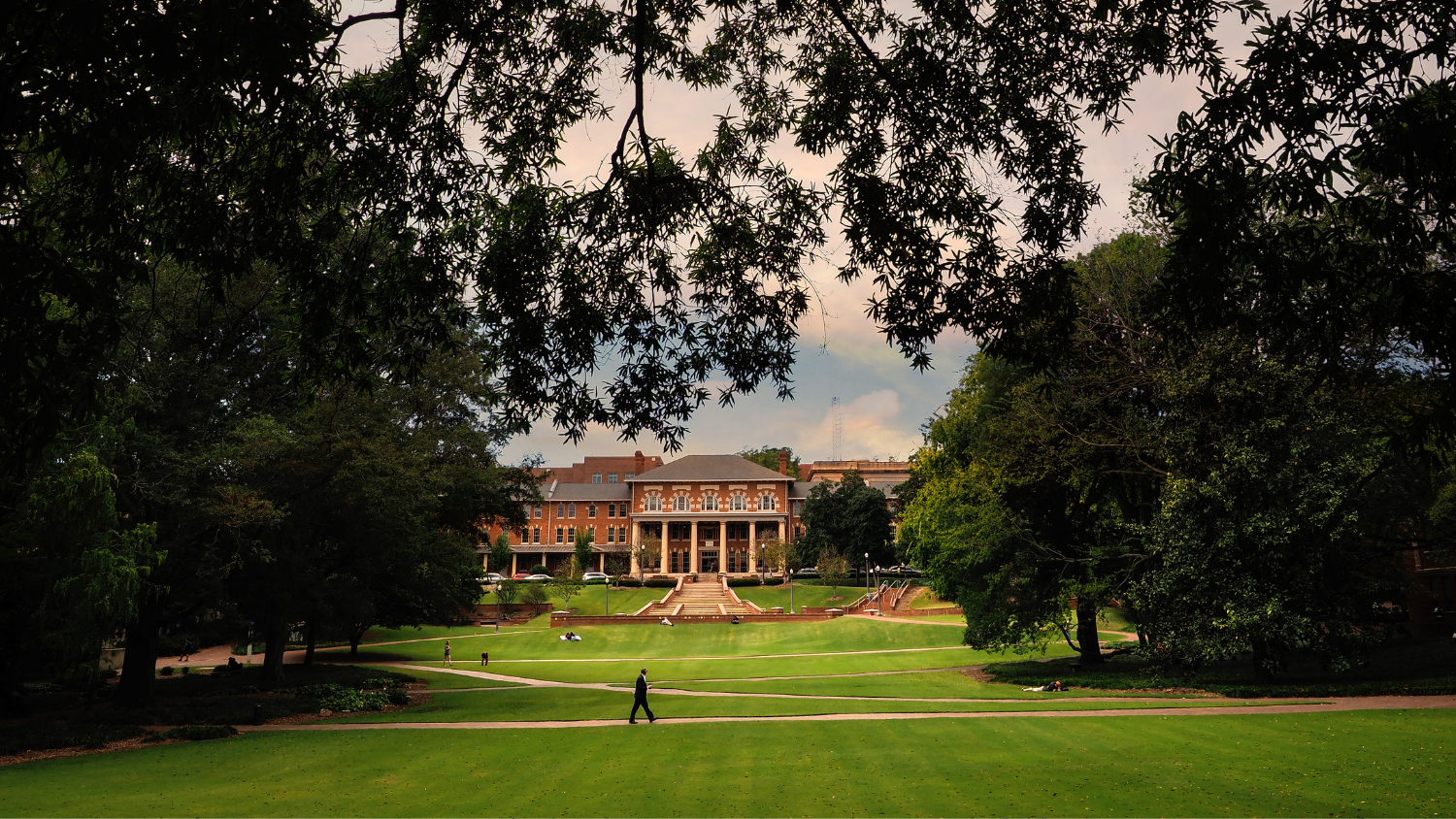Notes From the Field: Behind the Scenes at “The Lebanese in America” Exhibit
This article is written by Katie Schinabeck who is pursuing a PhD in Public History at NC State University. At the Khayrallah Center, she is currently creating educational programming for the traveling exhibit, The Lebanese in America. This is her first article.
Currently on view in Johnston County, NC, the exhibit “The Lebanese in America” tells the story of Lebanese migration to the United States, which started in the early 1870s, and the Lebanese-American experience. As the exhibit emphasizes, Lebanese immigrants and Lebanese Americans have been integral to the history of the United States. To support this message, the Khayrallah Center designed educational components to complement the exhibit.
As a member of the educational development team, we kept a focus on some key factors about museum education. First, education for exhibits is not like classroom learning. In museums, education is informal and all learning is voluntary. Visitors are motivated to learn about a subject, but not necessarily to memorize facts. Second, informal learning in museums often can and should take the form of affective learning, in which “we develop new attitudes, interests, appreciation, beliefs, or values.” [1] Last, museum visitors tend to visit museums as part of a social activity, and they often visit as families.
To respond to the particular kind of learning that occurs at museums, we designed three educational programs to accompany the exhibit:
- An exhibit guide designed to spark discussion (and hopefully some debate!) at each panel by asking visitors to relate their own experiences to the panel’s content.
- A photo collage activity asking people to consider how family photos demonstrate the Lebanese-American experience.
- A suitcase activity asking visitors to think more deeply about the process of immigration and how it has and has not changed over time.

When I started reading about the Lebanese immigrant experience, it made me curious about my own family’s German heritage,. Knowing that it’s typical for people to learn by relating new information to their own knowledge and experiences, we thought visitors to the exhibit might find a connection to the Lebanese immigrant experience through their own family’s history. We also want groups of visitors, especially family groups, to talk about their cultural heritage with each other. By connecting the Lebanese experience with their own experiences, we hope that non-Lebanese and non-Arabs will gain a deeper understanding of how different cultural groups have all been a significant part of American history. At the same time, we hope people recognize the tensions that still exist when it comes to immigration and what immigrants bring to the United States. Having a conversation about immigration in the past, especially of the Lebanese, can lead to important conversations about immigration today.
We paid particular attention to wording and language because because we wanted the guide to be inclusive of a diverse audience. Visitors using the guide might be part of the Lebanese community, or they could be new to the history of the Lebanese. They could be visitors of all ages visiting as a multi-generational family or a group of adults. The process of coming to America has varied drastically among different groups, so we had to phrase our questions with inclusivity and sensitivity in mind. Not every cultural group identifies as an “immigrant” group, which implies a person has chosen to relocate. We tried to use language in the exhibit guide to apply to a diverse range of visitors, without adding an overwhelming amount of text on the page.
The photo collage and suitcase activities were designed to promote affective learning through a sensory experience. [2] Physically digging through photographs and exploring suitcases (albeit one with mostly two dimensional objects), is a way of connecting visitors to the history of the Lebanese in America. One of the major areas of emphasis of the exhibit is that the Lebanese have been an integral part of American history since the first wave of immigration. Flipping through Lebanese family photos of graduations and family vacations in America supports this idea in a powerful way.

Ultimately, a museum education guide is (literally) in the hands of the public who will choose how to interact with it. People might pick up the exhibit guide and only discuss one question with their group. They might arrange photos into a collage, but never look at the guide that asks them to relate those photos to exhibit themes. Just because the visitor doesn’t interact the way we want them to, doesn’t mean they aren’t fully experiencing the exhibit . Museum educators attempt to make programs flexible enough that visitors can still gain knowledge, however they choose to interact with the guide or the exhibit. Of course, we don’t just create programs and hope they are achieving those goals. Evaluation is a key component of educational programming, without which we would not know if we were meeting our goals. We look forward to using this evaluation to improve and eventually expand the programs.
As a museum educator, I want people to leave this exhibit with a desire to learn more about the experience of Lebanese-Americans and about their own family. Perhaps the exhibit will inspire people to look through their family’s photographs or ask family members about their family history, whether they are Lebanese or part of another community.
Are you interested in hosting The Lebanese in America at your institution? Contact us!
Sources
[1] Brad King and Barry Lord, The Manual of Museum Learning, 2nd ed. (Lanham, MD: Rowman & Littlefield), 2015, 5.
[2] These activities were partly inspired by exhibits and programs at the Cape Fear Museum in Wilmington, North Carolina and the Immigration Museum in Melbourne, Australia.


